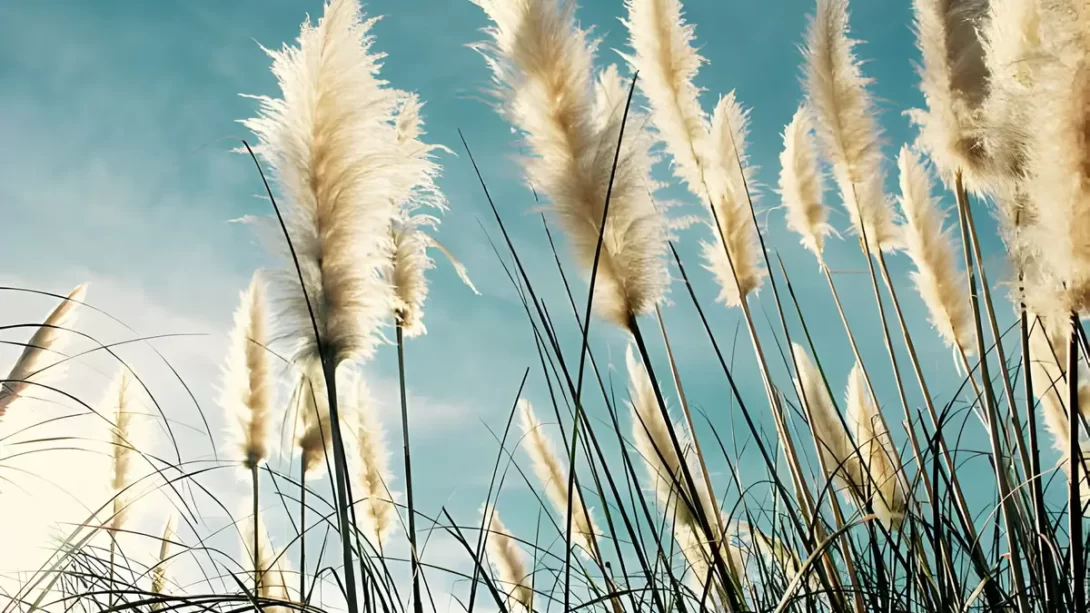Pampas grass (Cortaderia selloana), with its towering height and feathery plumes, is a striking plant. However, its invasive nature can cause significant challenges in gardens and natural landscapes. This article delves into effective strategies for removing pampas grass, ensuring the safety of both the individual and the environment.
Pampas Grass
Pampas grass is a fast-growing, perennial grass known for its large size and distinctive plumes. Originating from South America, it has become invasive in many regions due to its aggressive growth and prolific seed production. It can overwhelm native plants, alter ecosystems, and even pose a fire hazard. Understanding its growth habits is crucial in formulating an effective removal plan.
Pre-Removal Considerations
Safety is paramount when dealing with pampas grass. Its leaves are sharp and can easily cause cuts. Wear thick gloves, long sleeves, and eye protection during removal. Assess the infestation’s extent to determine the most suitable removal method. Additionally, check for any legal restrictions in your area regarding the removal of invasive plants like pampas grass.
Mechanical Removal Methods
Physically removing pampas grass is labor-intensive but often the most effective method. Start by cutting the grass down to a manageable size. Using a saw or large shears, cut the stalks as close to the ground as possible. This step makes digging out the root system, which is crucial for preventing regrowth, more manageable. Equip yourself with a sturdy shovel to dig around the root ball. It’s important to remove as much of the root system as possible, as any remnants can lead to regrowth. Once removed, ensure proper disposal of the plant material. It’s advisable to bag it securely to prevent any seeds from spreading.
Chemical Control Options
For larger infestations or when mechanical removal is impractical, herbicides can be a viable option. Glyphosate is a commonly used herbicide for pampas grass control. Apply it according to the manufacturer’s instructions, focusing on the base of the plant to maximize absorption into the root system. It’s essential to follow all safety precautions, including wearing protective clothing and avoiding application on windy days to prevent drift. Be mindful of the impact on surrounding vegetation and wildlife.
Natural and Eco-Friendly Alternatives
For those seeking a more environmentally friendly approach, several natural alternatives exist. One method is to apply a thick layer of mulch over the area where pampas grass is growing. This can suppress new growth by blocking sunlight. Another approach is to introduce competitive plant species that can outcompete the pampas grass for resources. However, these methods may be more effective as preventive measures rather than for removing established plants.
Post-Removal Management
After removing pampas grass, it’s crucial to manage the area to prevent regrowth. Regularly inspect the area and promptly remove any new shoots. Consider planting native vegetation to occupy the space and reduce the likelihood of pampas grass re-establishing. Native plants are typically better adapted to the local environment and can provide habitat for wildlife, enhancing biodiversity.
Long-Term Control and Monitoring
Effective control of invasive species like pampas grass requires ongoing vigilance. Monitor the area regularly for signs of regrowth, especially during the growing season. If new shoots appear, repeat the removal process as necessary. Maintaining a long-term management strategy is key to preventing the return of pampas grass and protecting the local ecosystem.
Conclusion
Removing pampas grass can be a challenging but necessary task to protect your garden and local environment. Whether through mechanical means, chemical treatments, or natural methods, effective removal requires persistence and regular monitoring. By responsibly managing pampas grass and other invasive species, we can promote healthier, more diverse, and sustainable landscapes.



